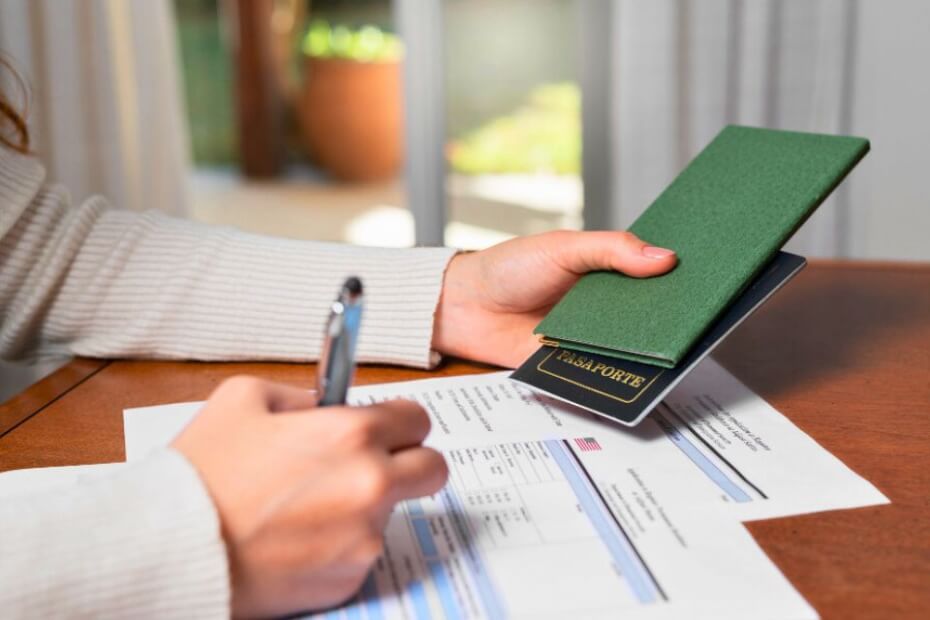
All United Kingdom (UK) citizens residing in Spain with a Green Certificate are advised to exchange it for a tarjeta de identidad de extranjero or TIE card.
The British Embassy in Spain said they should do so as soon as possible before the European Union’s (EU’s) new Entry/Exit System (EES) comes into force.
“It’s really important that any British person who lives in Spain gets the TIE,” British Ambassador to Spain Hugh Elliott said via a statement issued on 13 May.
He added that the TIE is “the most durable and dependable way to prove your rights in Spain.”
Eliott also emphasized that having a TIE can help Brits “avoid disruption at the border” when the new border check system rolls out.
The British Embassy in Spain is working with the Spanish government and the EU to prepare for the EES rollout.
The Ambassador said the embassy “requested that more TIE appointments are made available” to UK citizens.
Spanish Green Certificate versus TIE card
A green certificate or card and a TIE card are both valid proof of non-EU nationals’ right to live and work in Spain.
However, the Green Certificate is an A4- or credit card-sized paper, while the TIE is a more durable biometric card.
The TIE card is also more specific to proving that UK nationals are protected under the Withdrawal Agreement post-Brexit.
As a result, TIE cards are more widely accepted in Spain and the rest of the EU.
According to the British Embassy in Spain, many UK citizens already have a TIE, especially after the UK left the EU.
Still, a 2023 study by Spain’s Immigration Observatory revealed that more than half of UK citizens residing in Spain have TIEs.
This represents around 210,000 UK nationals living in Spain still using green certificates, per The Local.
The UK and Spanish governments have encouraged Brits living in Spain to get a TIE since the Spanish government began issuing it to UK citizens in July 2020.
However, getting a TIE is still not compulsory for UK citizens to exchange their green certificates for a TIE.
TIE card exempts Brits living in Spain from EES
In January 2024, the British Embassy in Spain said that Brits with Spanish Green Certificates would be exempt from the EES and ETIAS.
However, the Embassy’s new statement states otherwise.
“To be exempt from registering with the EES, British residents in the EU will need to show a valid uniform-format biometric card, which in Spain is the TIE,” stated the Embassy.
The Spanish government issued Green Certificates before Brexit. It does not “feature in the EU-UK Withdrawal Agreement or Annex 22 of the Schengen Border Guard Handbook.”
The Embassy expects that “Green Certificate holders may lose out on the chance to be exempt” from the EES.
It can lead to “difficulties and delays” at the border. This is especially crucial “when entering other EU countries where the Green Certificate may not be recognized.”
Additionally, the EU’s new border check systems will be fully digital and biometric, so green certificates will not be accepted.
The EU’s new border check systems
The EES is the EU’s new border check system that will replace manual passport stamping at the border.
Instead, the EES will use biometric data, such as facial or fingerprint scans, to record travelers’ entry and exit in the Schengen Zone.
Both short-stay visa holders and visa-exempt nationals must register their biometric data in the EES.
Non-EU citizens must do this before a border officer when they first enter the Schengen Zone after the new system takes effect.
The EES will store travelers’ data for three years and refresh each time they visit the Schengen Zone.
If they visit the Schengen Zone after their data expires, they must register their biometric data again.
The ETIAS, or the European Travel Information Authorisation System, is the EU’s electronic travel permit for visa-exempt nationals.
It works similarly to the UK’s Electronic Travel Authorization (ETA), which is now mandatory for a handful of Gulf nations.
The EU will implement the EES in October 2024, while the ETIAS will follow in mid-2025.
How to get a TIE
UK nationals must first make an appointment online at the nearest police station or immigration office.
Then, they need to complete the EX-17 form or the TIE application form.
On the day of their confirmed appointment, they must bring with them the following:
- Completed TIE application form
- Padron Certificate or official proof of Spanish address
- Valid passport with a Spanish visa
- Two passport-sized photos
- Proof of payment
The TIE card application fee starts at €10 and typically takes a month and a half or 45 days to process.
Once issued, a TIE card may be valid for a maximum of five years for the first time and then ten years after being renewed.

